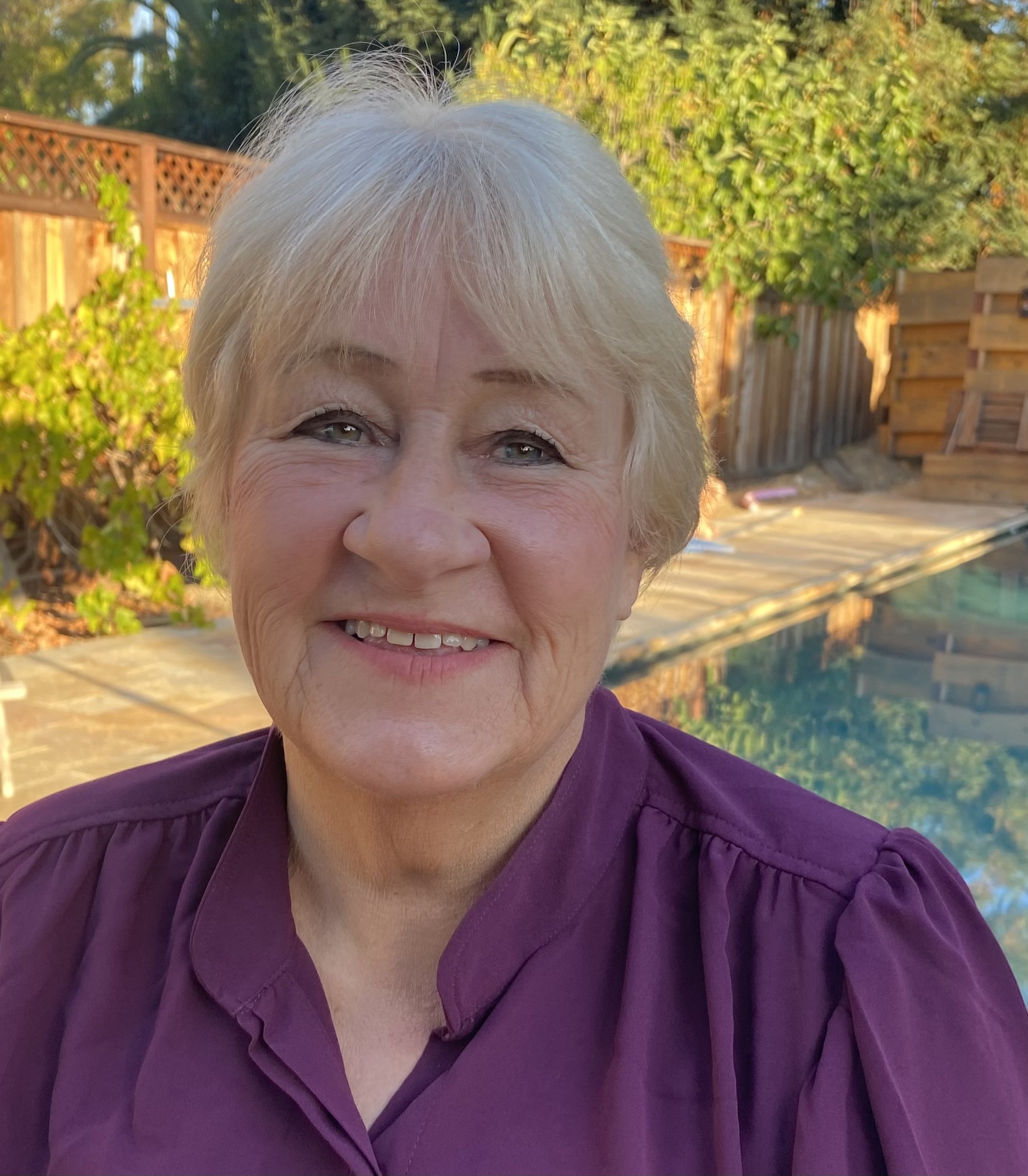Santa Clara County Board of Education, Trustee Area 3

Jyl Lutes
Strong schools, community partnerships, and sound fiscal policy will build student academic performance and enable children to be successful lifelong learners. After 30 years as a classroom teacher, I am a passionate advocate for children, fighting to ensure the highest-quality education for our school community and our future.
-
Over 80% of voters polled say they want elected officials to prioritize children and families. What are the top three issues affecting our children and families and how will you make our region a place where all families can thrive?
Families struggle with affordable housing, reduced public services, and disparities in education. Schools often provide a safety net for children in need of critical basic services. Local officials must work with state officials to explore funding opportunities to meet the increasing needs of families, everything from converting underused school property into housing or funding support services for students and families. It takes the governing board working closely with all stakeholders to build a thriving community for our students.
-
High quality childcare improves school readiness and parents' workforce participation. What will you do to improve access to high quality childcare and preschool programs in our diverse communities?
Access to preschool and quality daycare is complex and challenging. Working with the California State Preschool Program, many families can qualify for federally funded programs. Preschool and childcare program enrollment hasn’t rebounded from the pandemic so prioritizing the essential role early childhood education plays in a child’s academic success is an important responsibility for school officials. Due to the importance of early learning, elected school officials must promote accessible learning opportunities and work with state and federal policymakers to ensure increased funding for school readiness programs.
-
Much of the student achievement gap has been linked to the opportunity gap that children in low-income families and children of color confront (e.g., lack of access to healthy food, preschool, tutors, and enrichment activities). If elected, what will you do to increase equity of opportunity?
Policymakers can narrow the opportunity gap by prioritizing equity in board policies. Board policies should ensure that all children have equal opportunities for academic success. In the classroom, all students should feel safe and recognized for their cultural backgrounds and gender identity. An inclusionary curriculum should be adopted, and professional development should include training in culturally responsive pedagogy. Additionally, the California Universal Meal program mandates that all school children are provided nutritious breakfast and lunches, helping students improve academic performance.
-
What steps will you take to improve inclusion and outcomes for children with disabilities and their families in our community?
Thanks to federal legislation, families can use an increasing number of school services to meet the needs of children with physical and developmental disabilities. Board policies should recognize the importance of working closely with families to provide targeted support for the individualized instructional needs of students with disabilities.
-
If elected, how will you use the resources of your new role to improve children's well-being and access to mental and behavioral health services?
A staggering one in six school-aged children struggles with mental health issues. Wellness centers in schools have proven to be highly accessed by students, allowing students to work with professional therapists and counselors. School trustees must advocate for state funding for more school counselors, psychologists, and social workers. Bottom line— campus wellness centers and partnerships with clinics have been a lifeline for students with anxiety, depression, or other potentially disabling mental health issues.